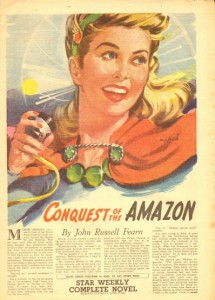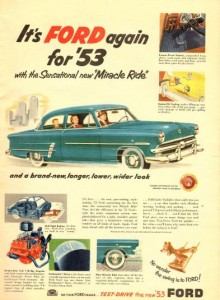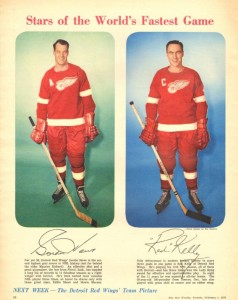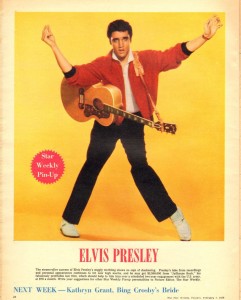A Special Contribution by Steve Smith
The Toronto Star Weekly was the weekend supplement to Canada’s largest paper The Toronto Star. The Star Weekly was first published in 1910 and was similar in size and content to Parade or The New York Times Magazine in the United States.
Note: Click any image inside this article to be taken to a much larger version on another page of this site.
In addition to being a Toronto Star supplement, the Star Weekly was sold as a stand-alone publication in many other parts of Canada. From the 1940s on up (I don’t have any issues from before the 1940s) the Star Weekly was comprised of a main section, a magazine section, a comic section, and a novel.

The Magazine section’s stories were generally longer with fewer photographs. In the early 1960s “The Canadian Magazine” was also included as part of the package. For several months the Canadian section and Magazine section were both included but, eventually, the Magazine section disappeared.
Not only did the Star Weekly get thinner over the years, it also got smaller. My 1940’s issues measured about 15.5” x 11.25”. By the late 1950s the size had been reduced to 14” x 11”. It got even smaller in the 1960s.

Cover Subjects
The Star Weekly seemed to go through a variety of trends for its covers. The late 1940s and early 1950s issues focused on pretty girls. Celebrities were used occasionally (always female) but more often it was just a nameless model. The magazine also went through a stage of cute drawings with dogs or kids who resembled the Campbell Soup kids. In the later 1950s and onward the cover would more often reflect a story within the magazine.

Advertising
Owing to its large size, ability to print in color, and its Canada-wide circulation the Star Weekly attracted many national advertisers. Among the regular buyers were Pepsi, Campbell Soup, Cadbury’s, Kellogg’s, and Lux.

Norman Rockwell artwork was often used for Kellogg’s and Red Rose Tea ads.
Content
Like any general interest magazine the Star Weekly covered a variety of topics: politics (most of it Canadian), entertainment, sports, and human interest. What the Star Weekly liked more than anything else though was to produce a series. They printed famous Canadians, Birds of Canada, Flowers of Canada, poisonous plants of Canada(?), entertainer pin-ups, stars of the Canadian Football League and, most importantly (for me at least), Stars of the World’s Fastest game.
Collecting Star Weeklies
Since the covers of The Star Weekly were not celebrity oriented it is the series of pictures that make it collectible today. The Star Weekly’s main sports photographer, Harold Barkley, was the best in the business and a pioneer in getting color action shots of National Hockey League games. He was the first to use electronic flash to take stop-action hockey pictures and he developed special equipment for shooting color.

Price guides value these individual photos at up to $50 for a star player in excellent to mint condition. Lesser players can be picked up in the $5 range. Having the photo still inside an intact magazine increases its value by 50 per cent.
The entertainer pin-ups represent a real bargain for collectors. They started in late 1957 and ran until early 1959 featuring a full page, color picture of a popular TV or movie star. These are virtually unknown in the U.S. and hard to find in Canada. I’ll try to put together a checklist of photos that I have.

There are many things to be aware of when collecting the Star Weekly. First of all you’re probably only getting part of the magazine. Vendors usually break the sections described above into separate parts. So you’re paying separately for the main section, the magazine section, the comics section and the novel. Since the main section represented the front page of the magazine you may find that the celebrity pictured on the cover is actually written about in the Magazine section.
The other problem, of course, is missing pages. With a magazine that was so fond of producing pin-ups it’s not surprising that surviving magazines will often have pages cut out. Also collectible photos are interesting ads that were on the back cover were often subject to more wear and tear and are often hard to find in good condition.
This complete article, images, and image captions is a Special Contribution to CollectingOldMagazines.com by Steve Smith


